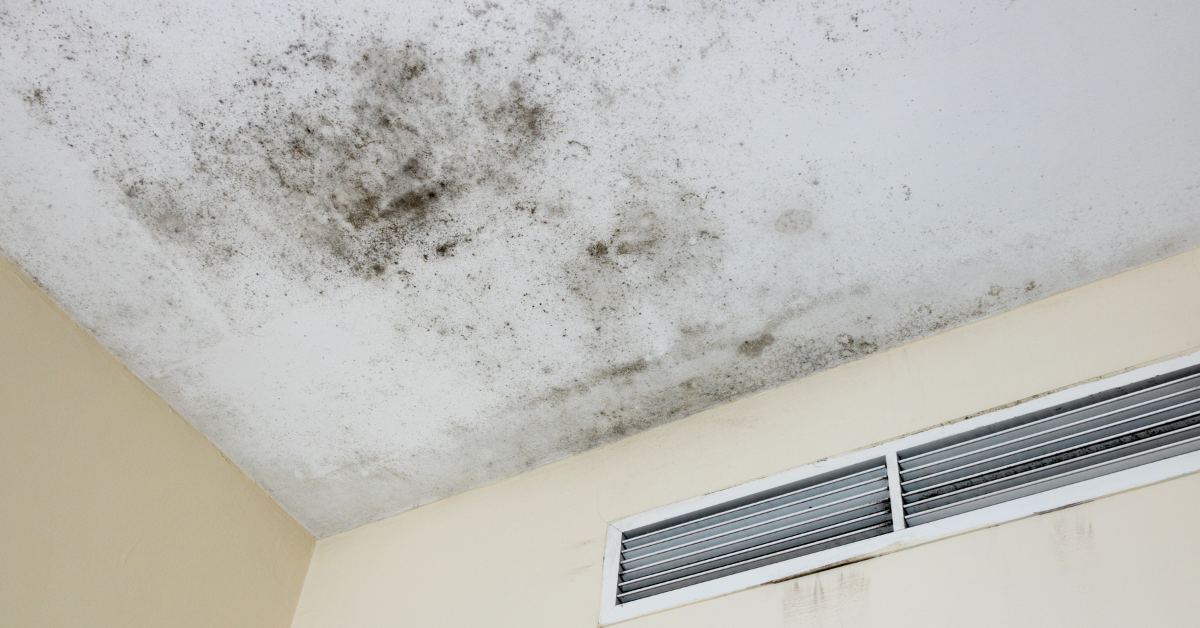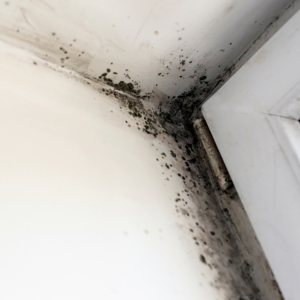Mold is a silent intruder that can wreak havoc on your home’s structural integrity and the health of its inhabitants. Often, homeowners are unaware of its presence until it’s too late. Recognizing the importance of timely mold inspection is paramount. By understanding what mold is and the signs that suggest its presence, homeowners can take proactive measures to address the issue.
In this post, we’ll delve deep into the indicators that suggest it’s time for a mold inspection and why mold testing is essential for your home.
Mold Inspection and Testing
Understanding Mold: What Is It Exactly?
The Unseen Culprit
Mold is a type of fungus that consists of small organisms found almost everywhere. They can be black, white, orange, green, or purple. Molds thrive on moisture and reproduce by means of tiny, lightweight spores that travel through the air.
You’re exposed to mold every day, usually without harm. However, when mold grows in large quantities, it can become a concern.
How Does Mold Grow?
Mold spores are opportunistic in nature. They wait for the right conditions to start growing. For mold to grow, it requires:
– Moisture: This can be in the form of liquid water, like from a leaking pipe, or high humidity levels.
– Food: Mold feeds on organic materials, such as wood, paper, and even some paints and coatings.
– Optimal Temperature: Most molds thrive in temperatures between 60 and 80 degrees Fahrenheit, which is typically the range inside most homes.
When these conditions are met, mold spores can germinate and spread rapidly. As they grow, molds can digest and gradually destroy the materials they’re growing on.
Why Is Mold a Concern?
While mold plays a crucial role in breaking down organic matter in nature, its growth indoors can lead to structural damage. Moreover, certain molds produce allergens, irritants, and even toxic substances known as mycotoxins. Prolonged exposure to these can lead to health issues, especially for those with mold allergies or compromised immune systems.
Understanding what mold is and how it operates is the first step in recognizing its potential impact on your home and health.
With this knowledge in hand, let’s delve into the signs that suggest your home might be in need of a mold inspection.
1. Visible Mold Growth
The Most Obvious Sign
If you can see mold, it’s a clear sign that you have a mold problem. Mold can appear in various colors, including black, white, green, or even orange. However, visible mold growth is often just the tip of the iceberg. There may be more mold lurking behind walls or under carpets.
2. Musty Odors
Trust Your Nose
A musty smell is a telltale sign of mold growth. Even if you can’t see it, the distinct odor indicates its presence. Mold produces microbial volatile organic compounds (MVOCs) that lead to that characteristic smell. If you notice a persistent musty odor, it’s time for a mold inspection.
3. Health Symptoms
Mold’s Impact on Health
Exposure to mold can lead to various health issues, including:
- Allergic reactions
- Respiratory problems
- Sinus congestion
- Skin irritation
- Fatigue
If you or your family members experience these symptoms, especially in specific areas of your home, consider mold testing.
4. Past Water Damage
Where There’s Water, There Might Be Mold
Mold thrives in damp environments. If your home has experienced flooding, leaks, or other water damage, there’s a high chance mold has taken root. Even if you’ve addressed the water issue, mold spores can remain and grow if not properly treated.
5. Discoloration on Walls or Ceilings
Stains That Speak Volumes
Yellow, brown, or green discoloration on walls or ceilings can indicate water damage and potential mold growth. These stains can result from leaks, condensation, or high humidity levels, all of which provide the perfect environment for mold.
6. Condensation
The Silent Enabler
Frequent condensation on windows, pipes, or walls suggests high humidity levels in your home. High humidity is a breeding ground for mold. If you notice excessive condensation, it’s wise to consider mold inspection.
Why Mold Testing is Essential
Mold testing isn’t just about identifying the presence of mold. It’s about understanding the type of mold, its concentration, and the potential risks it poses. By identifying the mold type, you can take specific remediation steps to ensure it’s eradicated effectively.
Conclusion
Mold is more than just an unsightly nuisance; it’s a potential health hazard. Recognizing the signs that indicate the need for a mold inspection is the first step in ensuring your home remains a safe haven.
If you suspect mold growth in your home, don’t wait. Contact KP Restorations, specialists in mold inspection, removal, and remediation. We also offer services in water mitigation, mold testing, water damage restoration, crawl space cleaning, and fire & smoke remediation. As a family-owned business, we proudly serve the Greater Macon, GA area. Reach out to us at (478)-256-3394 and let our experts restore your home’s health.


